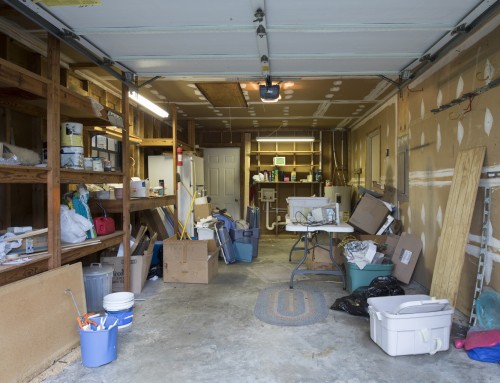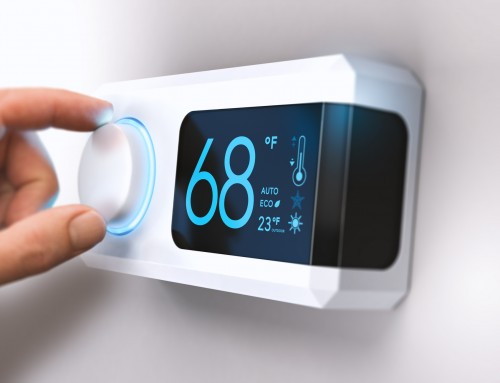Over three of every four remote workers say they’re more productive working at home. If you need to work from home, productivity is a concern.
But if you know how to light a home office, you can improve your productivity. Using the right lighting and taking advantage of your current light, you can give yourself the best home office.
Keep reading to learn more about home office lighting.
Use Windows
If your home office has any windows, take advantage of them for natural light. Assuming you mostly work during the day, natural light can do wonders for your office lighting.
You can open the blinds and let the sun shine in as you work. The natural light may not be enough to make your office as bright as you want.
However, it can add some lighting, and you might save some money. Then, you won’t have to rely as much on artificial lighting.
But if you work a lot when it’s dark out, or you get a lot of rain, you shouldn’t use windows as your only source of home office lighting.
Avoid Fluorescent Lighting
When you set up a home office, you control everything. You don’t have to worry about the corporate-style lighting typical of an office at work.
Fluorescent lighting is common in many offices, but it’s not the best. It can trigger headaches and migraines in some people, and it doesn’t look very good.
Even if you don’t get headaches from fluorescent lighting, it can be bright and overwhelming. And in a small home office, a small fluorescent light can be too much.
When choosing a home office light, avoid those with fluorescent bulbs. Instead, look for warmer sources of light that won’t be as problematic.
Install Pendant Lamps
If your home office has a tall ceiling, the ceiling light may be too high. It may provide some light for your office, but you may not have enough light in any one spot.
You can fix this problem by installing modern pendant lighting. Pendant lights hang lower than your ceiling so that they can bring the light source closer to you.
That can help add more light to your office without taking up floor or desk space. You can put pendant lighting in corners or other spaces where the ceiling light may not reach.
Even if the ceiling isn’t super high, pendant lights can add more overhead lighting than what you have. That can help you focus and get more done in your office.
Get a Desk Lamp
While pendant lamps can add some extra lighting, you may want a desk lamp. A desk lamp can provide a small source of light right where you work.
If you need to see or work with details, a small lamp can help. You won’t have to rely on ceiling lights or natural light, and you can control the position of the lamp.
Depending on how you position the lamp, it can light all or part of your desk. You can use the lamp only when you need it, or you can turn it on all of the time.
Even if you don’t work with details, a desk lamp can provide that bit of extra home office lighting that you need. You won’t have to worry about positioning your desk in the perfect spot.
Use Lamp Shades
Whether you have a desk lamp or a reading lamp, you should add a lamp shade. A lamp shade controls where the light goes from the bulb.
If you don’t use a shade, the light will go in all directions. In some cases, that’s fine, but you may want the light to hit a specific part of your home office.
A common option for a home office light is a small shade. Small shades are great for task lights because they keep all of the light in a small area.
But you can also use a floor or table lamp to add some lighting to a reading area. The shades for those lamps are a little bigger, but they still control where the light goes.
Consider Light Placement
When setting up the best home office lighting, consider where you should put each light. You can’t control the window or overhead light locations.
So see what lighting you can get with those right now. Then, determine what parts of your office need more light and how you can add that with lamps or pendant lights.
If you already know where your desk will be, you should figure out the lighting there. Consider how the natural light may differ throughout the day and how you can mitigate that change with lamps.
You should place lights in front of you to avoid glare, especially if you work on a computer. If you do more work with your hands, you should put a desk lamp opposite your dominant hand.
That way, when your writing or drawing, your hand won’t create a shadow under the lamp. If a particular light placement doesn’t work, experiment until you find what works for you.
Use Colored Lights
Another great home office lighting idea for early birds and night owls is to use colored lights. You don’t need rainbow lights that look like a party.
But you can use an LED light that can change between blue and yellow tones. You can use the blue tones earlier in the day to help you wake up and get to work.
Later in the day, you can switch to the yellow tones to minimize the effects of blue light. Any lighting can make it hard to fall asleep, but blue light is particularly bad.
You don’t have to change your work schedule, but you should use the right color lighting for the time of day or night when you work.
How to Light a Home Office
If you work from home, you need to know how to light a home office. That way, you can give yourself the best work environment possible.
Working with bad lighting can strain your eyes and make it hard to get things done. And while you may have decent lighting, you should work to make it better.
Did you enjoy this article? Check out our blog for more home improvement tips!











